High alumina bauxite refractory raw material
Jan 04, 2022
High alumina bauxite of high alumina refractory raw material
Aluminum refractory raw materials refer to AL₂O₃-SiO₂ refractory raw materials with AL₂O₃ content greater than 48%, which mainly include bauxite, kyanite group minerals and synthetic mullite, etc., and are one of the main raw materials for the production of traditional refractory materials.
Bauxite is a finely dispersed colloidal mixture composed of aluminum hydroxides in various ratios. The bauxitehigh purity calcined aluminareferred to in the refractory industry usually refers to bauxite with an AL₂O₃ content greater than 48% after calcination and a lower Fe2O3 content. The hydroxides of aluminum are shown in the table below. In addition, it often contains impurities such as kaolinite, ferrihydrite, iron ore, and anatase.
我国有丰富的铝矾土资源,约为2.5billion tons, which ranks among the top in the world. It belongs to the four largest bauxite resources in the world along with Guinea, Australia and Brazil. Mainly distributed in Shanxi, Shandong, Hebei, Henan, Guizhou, Sichuan, Guangxi, Hunan and other places. Lead bauxite is the main raw material for the production of high-alumina refractories and alumina.
(1) The chemical composition and mineral composition of bauxite. The chemical components of bauxite mainly include AL₂O₃, SiO₂, Fe2O3, and TiO₂, which account for about 95% of the total composition. The minor components include CaO, MgO, K₂O, Na₂O, MnO₂, and organic matter and trace components Ga, Ge, etc. AL₂O₃ is the main chemical component of bauxite, and its existing form is mainly aluminum hydroxide, followed by aluminosilicate, which is clay minerals. SiO₂ generally exists in the form of clay minerals, with a very small amount of free quartz. The content of AL₂O₃ in alumina in my country is generally 45%-80%. The content of AL₂O₃ and SiO₂ of bauxite is in the opposite relationship. The content of Fe2O3 is mostly 1.0%-1.5%. The content of CaO and MgO are relatively low. The content of K₂O and Na₂O is generally less than 1%, and the content of TiO₂ is generally less than 1%. 2%-4%. The ignition loss of alumina is about 14%.
Bauxite calcination
Bauxite is mainly composed of three aluminum hydroxides such as diaspore, boehmite, and gibbsite, and often contains impurities such as kaolinite, iron minerals and titanium minerals. The minerals of raw bauxite in my country are mainly diaspore minerals, a small amount of which is mainly boehmite, and some areas (Fujian, Hainan) are mainly gibbsite minerals. Most of the ore types are: diaspore-kaolinite type (D-K type).
The hydrous silicates in bauxite are mainly clay minerals, including kaolinite, pyrophyllite and illite. Kaolinite is fine scaly crystals, sometimes well-developed crystals can be seen, and sometimes kaolinite and diaspore are evenly distributed. Pyrophyllite is mostly finely crystalline polyplate crystals, with a wave-like extinction. Illite is usually finely dispersed and it is not easy to measure its optical properties. Its coexisting R₂O often makes bauxite contain a higher R₂O content.
Rutile is the main impurity in bauxite mines in my country, and its content is generally 2%-4%, and some can reach 6%-8%. Other impurities often vary in shape due to different origins.
(2) The calcination of bauxite, the heating change of bauxite can be divided into three stages: decomposition stage, secondary mullite stage and recrystallization and sintering stage.
Bauxite clinker
(3) Bauxite clinker. The main minerals of bauxite after burning are α-AL₂O₃, mullite and glass phases. The content of each phase changes with the content of AL₂O₃ (or the ratio of AL₂O₃/SiO₂). The influence of various impurities on the properties of bauxite clinker: TiO₂ is the higher content of impurities in bauxite clinker. In the secondary bauxite, TiO₂ mainly forms a solid solution with mullite, and has less glass phase, which is not good for bauxite sintering and bad for bauxite sintering, but it can improve its high-temperature mechanical properties. In the super, first and third grade bauxite, TiO₂ enters the glass phase more, increasing the amount of liquid phase and reducing the viscosity of the liquid phase, which is good for sintering, but is not good for high temperature performance; Fe2O3 is also a harmful impurity in bauxite. For every 1% increase of Fe2O3, the glass phase content increases by 0.7%, and the increase of Fe:O3 has little effect on the corundum and mullite phases.
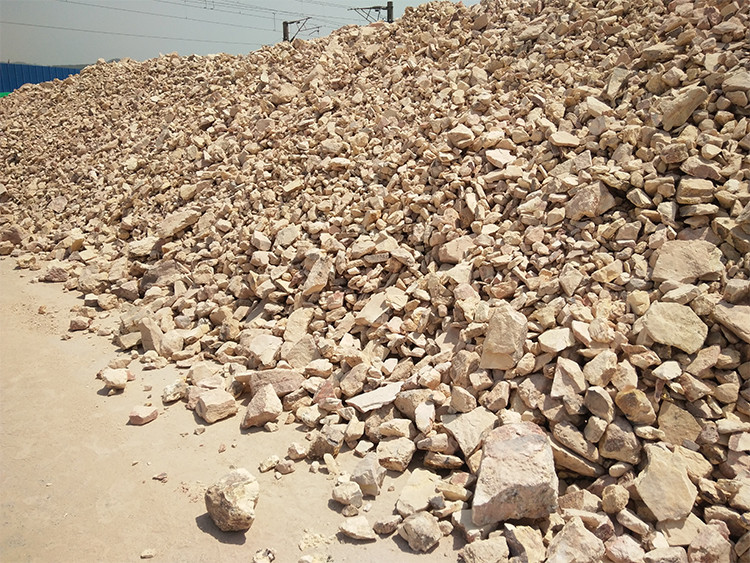

Fe2O3 enters the main crystalline phase (corundum and mullite) to form a solid solution during the bauxite sintering process, a small part enters the glass phase, and a part forms a solid solution with Al2O3 and TiO2, which is beneficial to promote sintering; K2O is aluminum Harmful impurities in bauxite. For every 1% increase in K2O, the glass phase content increases by 7%, the mullite content decreases by 15%-20%, and the corundum increases by 8%-13%. When the K2O content increases, the original network structure is destroyed, and harmful impurities in the glass phase increase, which is unfavorable to the high-temperature mechanical properties of bauxite.
The role of K2O in the sintering process of bauxite is first to hinder the process of secondary mullite, and secondly to decompose the formed mullite; when there is a small amount of CaO, it can form anorthite, anorthite mullite -The eutectic temperature between tridymite is 1345°C. If the content of CaO is 1%, the amount of liquid phase formed reaches 10%, which is obviously detrimental to the high-temperature performance of bauxite.
再保险levant information
-
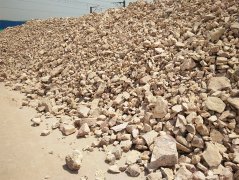
High alumina bauxite refractory raw material
High alumina bauxite of high alumina refractory raw material Aluminum refractory raw materials refer to AL₂O₃-SiO₂ refractory raw materials with AL₂O₃ content greater than 48%, which mainly i ... -
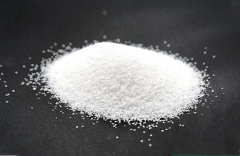
The properties of white corundum and its application in refractories
The properties of white corundum and its application in refractories After continuous technological improvement and industry trials, white corundum abrasives have been recognized by customers. White co ... -
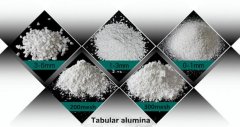
What is the production process and characteristics of tabular alumina?
What is tabular alumina ? Tabularalumina is recrystallized -Al2O3 quickly fired at a high temperature above 1900℃ and sintered thoroughly, without any additives.During rapid sintering, the coarse cry ... -
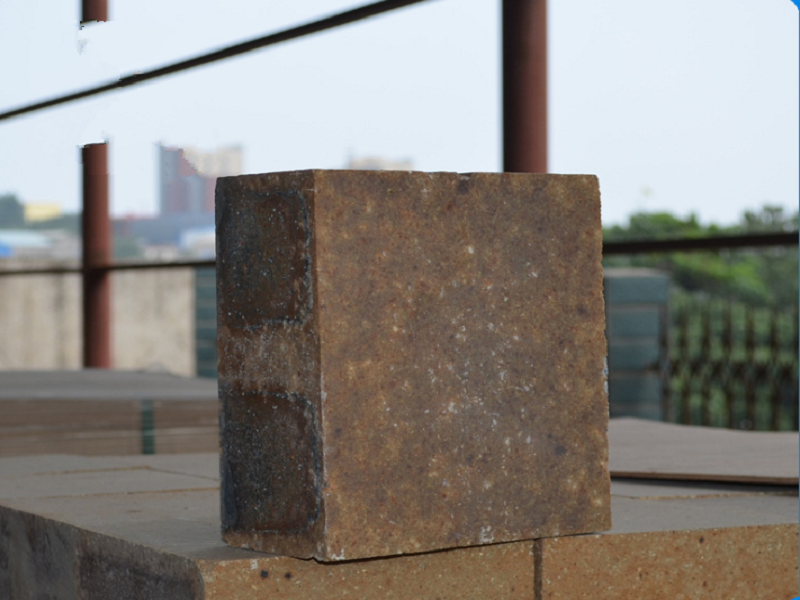
The difference between white fused alumina, brown fused alumina and red fused alumina
The difference between white fused alumina, brown fused alumina and red fused alumina ...





